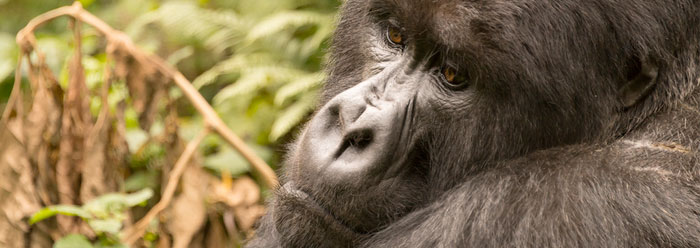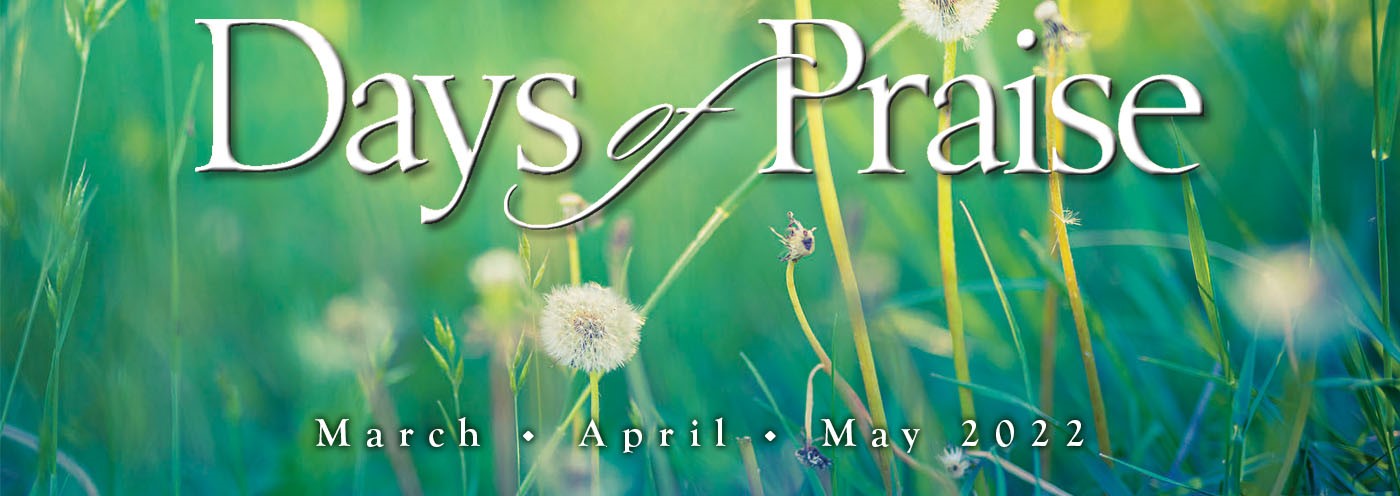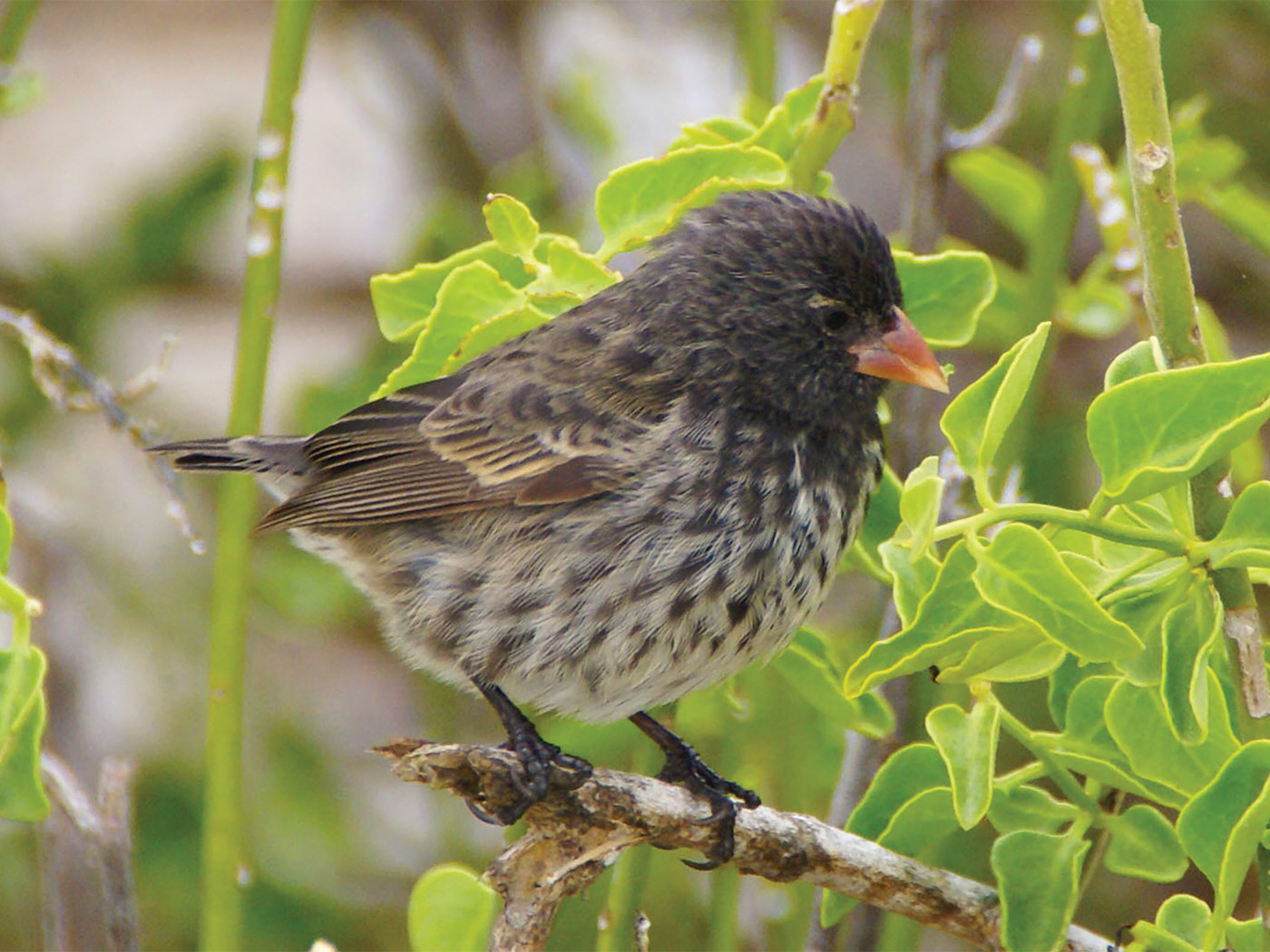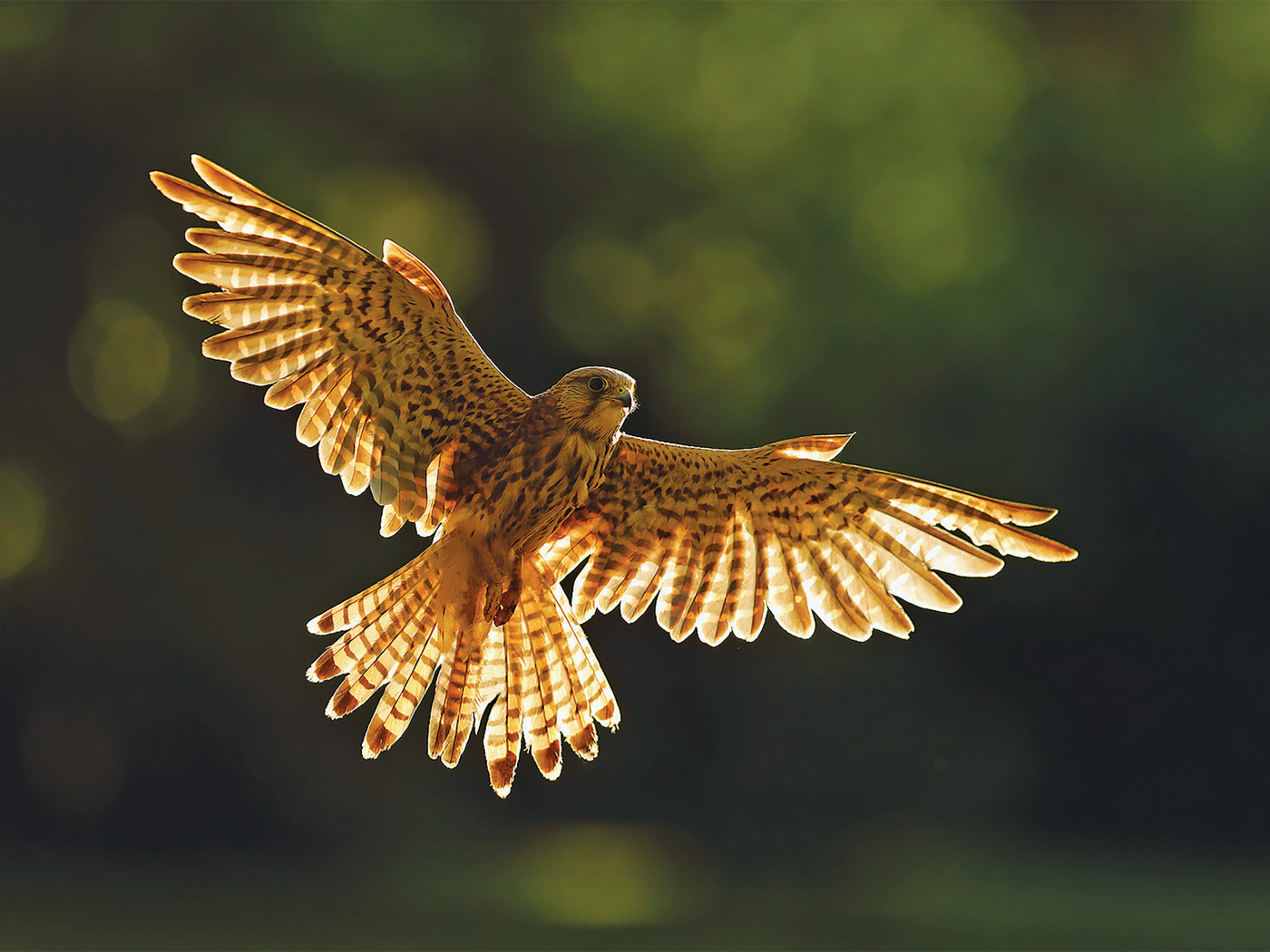Are humans born to cheat? What do Americans think about marital infidelity? Those who oppose the practice of adultery often base their arguments on religious prohibitions. Others, confident that religion is worthless, or worse, turn to science to support their contentions that monogamy is not biologically “natural.”
The ABC News television program Nightline is currently running a series on the Ten Commandments that “explores the biblical commandments from [a] modern-day perspective.”1 The fourth installment of the series looked at the seventh commandment, “Thou shalt not commit adultery” (Exodus 20:14). The program consisted of four panelists, including Pastor Ed Young, debating the issues from different sides.2
Young, who heads the 20,000-member Fellowship Church in Grapevine, Texas, defended marital fidelity. Noel Biderman, president of AshleyMadison.com, a social networking website dedicated to helping people who want to start affairs, defended the case for infidelity. The Nightline session was recorded at Fellowship Church in front of a live audience on September 17.
Many agree with Biderman that adultery is a neutral, or even positive, activity. In their 2001 book The Myth of Monogamy: Fidelity and Infidelity in Animals and People, married researchers and co-authors David Barash and Judith Lipton diligently pointed out that many animals, including those popularly thought of as monogamous, are not dedicated to a single partner. They also highlighted historical examples of mankind’s infidelity. Barash and Lipton placed human origins and makeup squarely within an evolutionary context: “We are biological creatures through and through.”3
Others have reasoned that since many animals are promiscuous, and since man is merely an ape without fur (having a primarily physical, not a spiritual, aspect), then it follows that mankind’s tendency to cheat has “biological underpinnings.” Adultery, to a certain extent, becomes a biological imperative.
But animals never take vows or make promises.
Moral activities, such as choosing to fulfill promises, cannot be accurately described by biology alone because biological science is limited to the observation of the physical workings of living things. As such, biology does not have the tools to investigate the immaterial workings of morality. One would need to use very different research tools and procedures to investigate moral laws under which humanity operates.
One could also greatly benefit from an authoritative resource, one that explains the source of such laws as well as why humans fail to live up to them. One record uniquely fulfills both requirements, describing a universe created by a holy God and the fall of humanity when the first man and woman violated God’s laws. This book, the Bible, clearly warns of the dangers of extramarital sex, but that is not the only argument that adultery is wrong.
Another indicator that infidelity breaks a universally recognized moral law is the consistent reactions of those whose spouses have cheated on them. Before the taping of the Nightline program, Ed Young planned to refute Biderman’s claim that infidelity can strengthen marriages by referring to his experience counseling people whose lives were shattered because they were victims of cheating.4 Young described how distraught these people were when they discovered that their spouses broke their marital commitment, also pointing out how much toil is required to rebuild those marriages.
To insist that cheating is acceptable, or even preferable, is to assault Genesis 2:24: “Therefore shall a man [singular] leave his father and his mother, and shall cleave unto his wife [singular]: and they shall be one flesh” (emphasis added). Infidelity is also an assault on reality, since humans are, unlike animals, moral creatures. People’s reactions to wrongs done against them betray their awareness of right and wrong, a moral consciousness that could only have come from God.5
References
- The Ten Commandments on ‘Nightline.’ ABC News. Posted on abcnews.go.com September 14, 2009, accessed September 24, 2009.
- Johnson, E. Born to Cheat? Tempers Meet Testimony at Debate on Adultery. ABC News. Posted on abcnews.go.com September 24, 2009, accessed September 24, 2009.
- Barash, D. P. and J. E. Lipton. 2001. The Myth of Monogamy: Fidelity and Infidelity in Animals and People. New York: Henry Holt, 3.
- Adultery Website Founder, Grapevine Pastor To Debate Infidelity. WBAP News. Posted on wbap.com September 17, 2009, accessed September 17, 2009.
- Romans 2:13-16.
* Mr. Thomas is Science Writer at the Institute for Creation Research.
Article posted on September 28, 2009.























